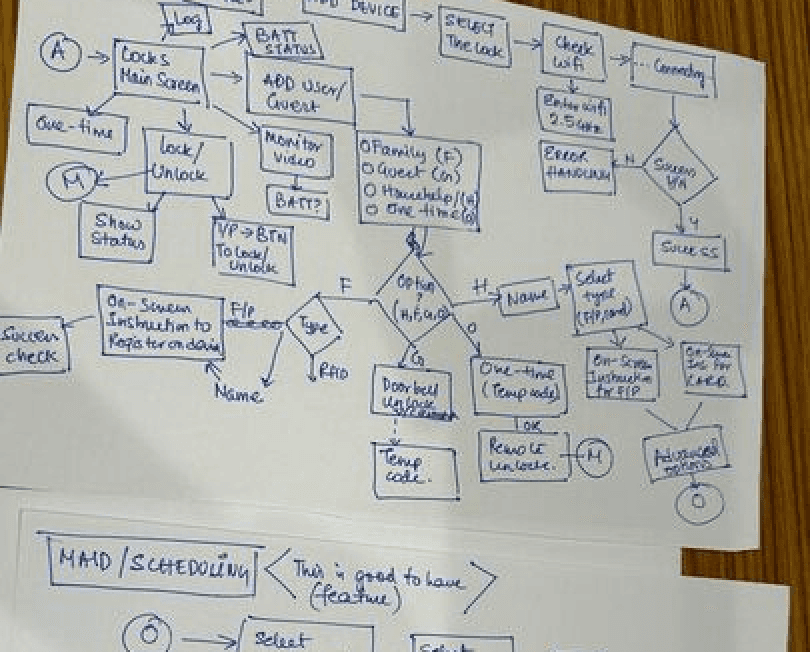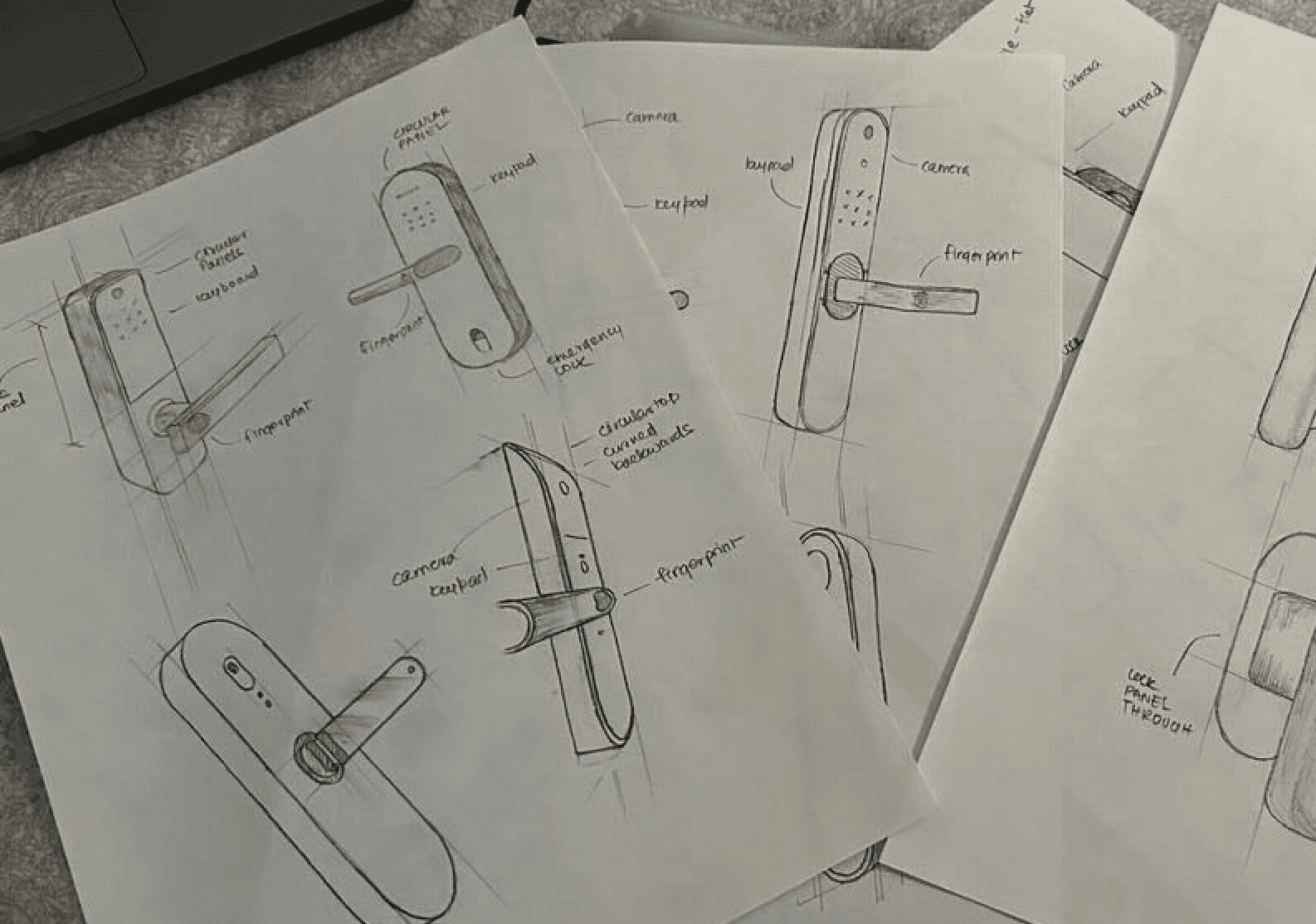28/12/23
If you're a design manager (lead, director, VP or equivalent), the job role should not be just reviewing designs & attending meetings. Hiring great people makes sure they require least amount of managing. Amongst other things (which I'll cover in a post later), start with the following four:
1. Generate ideas
There are many ways to generate ideas. One simple way is to start your work day by spending 30 minutes going through your customer reviews, feedback. That's one of the best ways to form opinions, views and come up with ideas.
Example 1: Every morning, I spend 15-20mins with our researcher to learn how was their last customer visit and what were the key observations. Following that, I go through 10-20 reviews of our services and products on our app or amazon.
Example 2: Once in a while, I become a UC partner/ shadow one of our partners to a real job to learn the nuances of services first-hand. This is me as a UC painting surveyor and visiting a customer during her pedicure service.

2. Wireframe, sketch to illustrate your ideas
It's likely your team has better command on the tools to create designs faster than you. They're producing designs day in & out. That's their leverage. Your leverage should be to quickly illustrate ideas, flows for them. Think of this as the tentative representation of your thinking.
Example 1: A quick and dirty flow diagram to set the initial expectation of UC smart locks setup and user journeys to communicate with our IoT team, engineers, and designers.

Example 2: A couple of sketches for how I'm expecting the physical device to look like. The industrial designer now has some sense to take them ahead.

3. Write your goals & expectations for the team
Read this first. At the start of every project, make your expected output explicitly clear to the team that's doing the actual, hands-on job. This will make sure the folks are aligned from the get go.
Example: At UC, we follow the 10-50-99 approach. More on it later. Essentially, at the beginning of the project, the Lead/ Director is supposed to go through all discovery (from others or their own), give it tangible form with wireframes and put all references, inspiration, timelines, milestones, and expectations. Takes no more than a day but saves the team from any wasted effort during the work.
4. Focus on 1-2 things in depth & repeat 1
The most easy job for a manager is to project the sum of all things their team does as their focus areas. It's a bit tough to be doing 1-2 things with hands-on involvement. For a given week, month, quarter pick no more than 1-2 most critical things that you'll be personally neck deep in. Once you've picked it, generate ideas, give it form with wireframes, flows, communicate expectations, output, outcome. Repeat.
Example: For a given quarter or 6 months, I personally would be deep in 2 areas at max. I spend 80% of my time on these two. The remaining, I monitor from far away and only indulge if only there are critical challenges.
Other posts in
Managers
27/10/24
19/10/24
10/08/24
21/07/24
14/07/24
07/07/24
01/06/24
14/01/24
